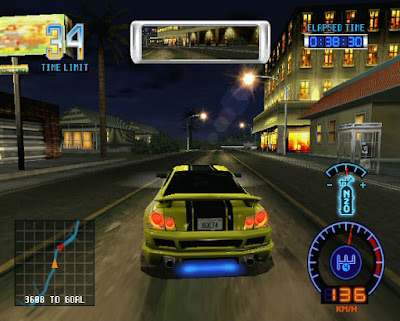All of the old school Dreamcast fans, those who have been appreciating Sega's last great punt at home gaming hardware since the late 90s, are starting to get old. It's true. Long gone are the days where we all hung round the streets in our baggy jeans, listening to crap nu metal through our minidisc players and still hung on to some level of optimism about what the new century would bring us - as long as we survived the millennium bug that is. A lot has happened since then.. so, so much. We probably should have realised that it was going to go downhill when Sega pulled out of the hardware business. The blue sky glory of Sega would soon be replaced with the greys and browns of a new century of gaming dreariness. That sense of optimism we felt? Yeah, that didn't go well either. The world has slowly turned into an unknowing parody of itself; a slow march towards a Romero-esque zombie world full of hopelessness, greed and hypocrisy.

Thing is - it's probably not that way at all. But when you're in your late teens, everything seems optimistic, and when you reach the age we're all at now - many of us facing the prospect of no birthday badge ever having a number lower than '4' starting it off - all the teenagers are scary, and loud, and stupid, and the world is just one long reminder that 'it's not like the old days'. We still play games, sure, but we're not quite as sharp as we used to be, the reflexes aren't quite where they were anymore, and inevitably, someone a quarter of your age will beat you at a game, shout in your face that you're a loser, and 'Mad World' by Gary Jules will play slowly in your mind as you realise you're now past it. We can reminisce about games, sure; fill our twitter feeds with pictures of games from a quarter of a century ago, but playing them? If we get ten minutes to ourselves, and if we haven't got to battle with some ridiculous technological issue which stops us from just playing the damn things, then sure, yeah, maybe. But it's doubtful, isn't it? We'd much rather just grab a cup of tea, put on some slippers and read a good book before drifting off for a nice nap. Don't scream at your monitor (or phone, or VR device or, I don't know, some other new fangled nonsense) at me in apoplectic rage; not only would that not do your blood pressure any good, but you know it's true. We're old now.
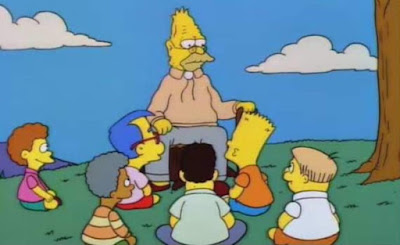 |
| "Back in my day, the creators of Sonic made game consoles too..." |
It's quite lucky then, that in the last few years we've seen a steady influx of Dreamcast literary content be released. Was the first the Dreamcast Junkyard's own Ultimate Collectors Guide? (Jesus, you really had to get that plug in didn't you? - Lewis) Probably. I'd look it up, but to be honest, it's getting dark and I'm getting a little sleepy. Regardless, we've since had a whole flurry of cool new books, magazines and guides, with many more on the way. The superb Dreamcast Years book from DCJY's own Andrew Dickinson, the Collected Works book released a few years ago; Chris Scullion's upcoming Dreamcast encyclopaedia; not to mention various pieces of Dreamcast nostalgia written in magazines and books. We're really at that time where Dreamcast fans are now well adjusted adults (some of us), and serious things, written on paper and meant to be read like serious adults, are now produced to cater for us.
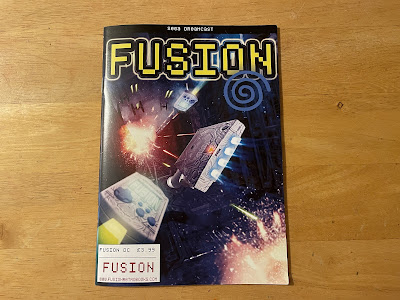
The latest of these, at least the latest to arrive at the 'yard, is a little magazine called Fusion DC, a special edition issue from the long running Fusion Retro Books (who have produced a lot of really good retro gaming-based books and magazines), and guest edited by a well known member of the Dreamcast community, Retro Faith. This slim 50 page mini-magazine may be small enough to fit in a pocket (on a pair of cargo trousers, at least), but is a professionally put together and full colour publication that is a welcome addition to any Dreamcast fans collection. It was put up for sale on Fusion's web store at a very reasonable £3.99, although I managed to pick a copy up for just £2.50 (at time of writing, there's less than single figures of these remaining, so grab one while you still can).

Sporting a cover on which the Dreamcast has been reimagined as the Millennium Falcon, with VMUs serving as X-wing support through the Death Star trench run (admittedly, a slightly odd design choice, but it does look cool as heck), the magazine packs a lot of content into its pages. Retro Faith has been producing some top quality content for some years now, and her passion and love for the console are evident throughout. In fact, it's fair to say that the majority of the content within the magazine comes from Retro Faith alone. There's her pick of top 5 DC fighting games; an in-depth look at Phantasy Star Online (with some contributions from DCJY's own James Jarvis), a short guide to Dreamcast peripherals, and an interview with friends of the Yard, Retro Sumus, developers of the excellent indie release Xenocider. As is always the case with Faith's writing, it is professionally written but still exudes an obvious passion for the subject matter. The magazine also looks great, with plenty of screenshots, full page visuals and clean layout.
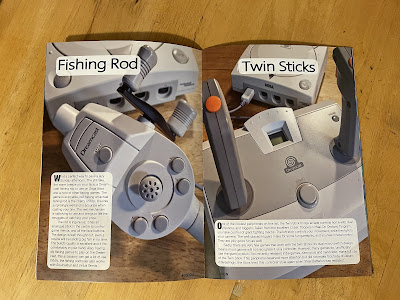
It's not just Retro Faith who has a hand in the mag though, and there are other contributors that will be familiar to retro gaming fans in the UK. Andrew Fisher is well known for writing for numerous retro publications and websites, including Retro Gamer magazine, and his contribution here is a fascinating look at the Naomi arcade board. Nicholas McDonald takes a loving look at the Sakura Wars series, whilst Sega Powered and (upcoming indie mag) Debug writer Marc Jowett takes a look at Shenmue and its influence on then open world genre of games that came after it.
There's a couple of other bits here, including a look at a couple of Dreamcast gaming failures (MoHo!), but there isn't a massive amount of content to speak about - this is after all a magazine of only 50-odd pages! What is here, however, is enjoyable and of a professional quality.
It appears that this magazine may have been produced in limited quantities in 2022, as part of their 'Backerkit' page for the launch of their Christmas annuals, which may explain why this one passed us by at the time. It's a shame this went under the radar, as there are many DC fans out there who would no doubt have happily added this to their collection - here's hoping that this may, however, be only the first Dreamcast related endeavour from Retro Fusion Books.
Did you manage to get a copy of Fusion DC? Have you enjoyed Fusion’s magazines in the past? Let us know in the comments below or via our social media channels…



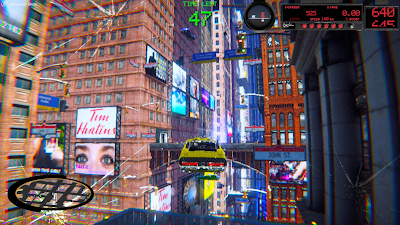


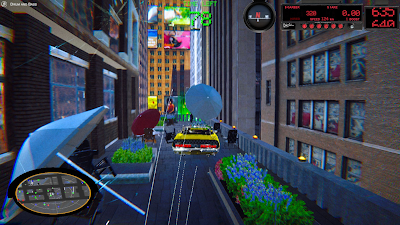
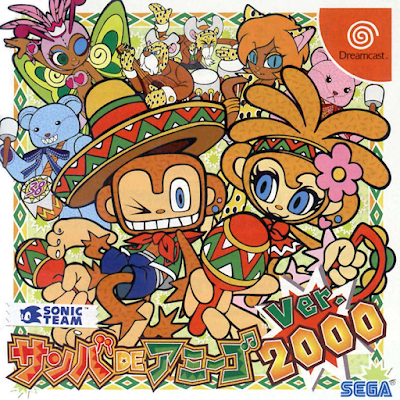










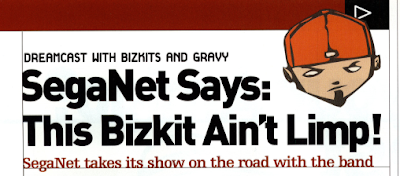


.png)







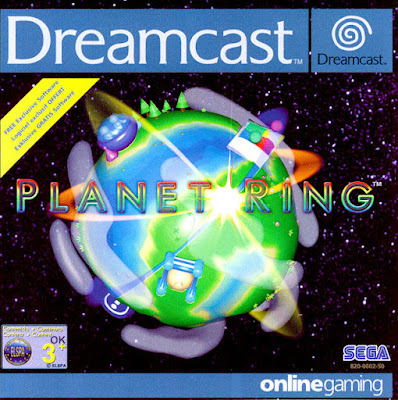
.png)









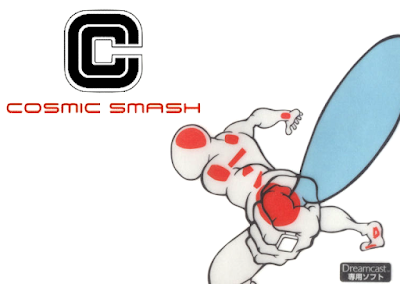
.png)






